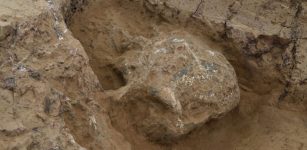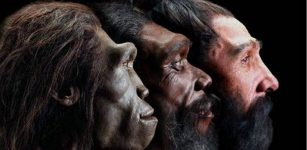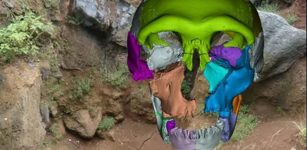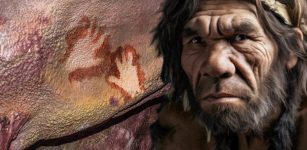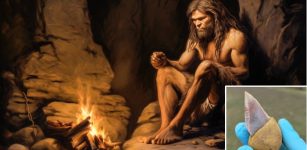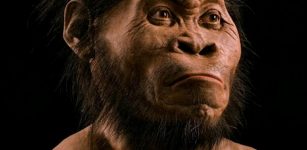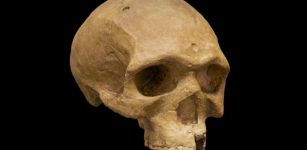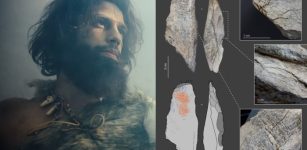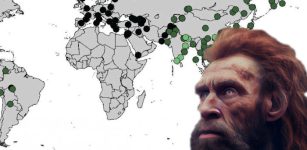“Dongzhi Man” – Ancient Human Fossil Discovered In China
AncientPages.com - An "uncommonly well-preserved" fossilized skull of homo erectus has been discovered by Chinese archaeologists, at the Hualongdong archaeological site in Dongzhi County, in east China.
The discovery contributes to the study of the evolution and distribution of early man.
This is proving to be another important site for homo erectus after findings were made in Zhoukoudian, where Peking Man lived, Lantian in northwest China's Shaanxi Province, Anhui's Hexian County, and Nanjing in the eastern Jiangsu Province, said Liu Wu, the IVPP researcher in charge of the excavation.
![The fossilized skull of Homo erectus discovered at the site of the grotto of Hualong, in the district of Dongzhi, in the Chinese province of Anhui [Credit: Xinhua]](https://www.ancientpages.com/wp-content/uploads/2015/11/dongzhiman1.jpg)
The fossilized skull of Homo erectus discovered at the site of the grotto of Hualong, in the district of Dongzhi, in the Chinese province of Anhui. Credit: Xinhua
"All of these indicate the site is exactly where the Dongzhi men lived as we found the bones of the animals were broken in a quite unnatural way. To put it more precisely, they were cut or chopped with tools into small pieces, meaning the animals were eaten or used as sacrifices," said Liu.
The skull was discovered, partly encased in earth, which helped protect it. The face can be clearly made out, including the complete eye socket, a large part of nasal bone and cheekbones.
"Discovering a well-preserved ancient human skull fossil is a dream come true for a paleoanthropologist, so our whole team were so happily surprised," said Liu.
"A skull carries much more information than any other human bone. With it, it's easier for us to restore the look of the human being and ultimately determine its origin," he said.
The skull is between 150,000 and 412,000 or more years old, Liu said, adding that further analysis will be done to determine its exact age.
Previous homo erectus skulls discovered in China since 1926 are either deformed or "with no face, but only cranium," explained Liu.
Besides the skull, the scientists found the human bone fragments belong to at least four individuals, including a child.
"Together with the animal bone fossils and the stone implements, we assume the site was the home for a relatively mature human community," Liu said.
Before the latest digs, archaeologists had already found a fossilized human tooth, and human and mammal bone fragments at Hualongdong.
While it's tempting to use the findings in Dongzhi as evidence of homo erectus migration patterns in China, the broader implications of the Hualongdong discovery remain unclear, the IVPP researchers stressed.
"The discoveries so far are very preliminary and merely the beginning of a project which may last for a decade or more. We just opened a window to a house of paleoanthropological treasure," said Liu.
"It's too early to say it has a direct link to the study on the origin of human beings, but we do believe Dongzhi Man has some connections to the homo erectus discovered previously, particularly that in Hexian County and Nanjing because the two locations are less than 200 km from Dongzhi."
The Dongzhi government has put Hualongdong under protection.
"We plan to hire guards for the site and to build a museum here to protect this heritage for the whole world," said Lu Wenmin, head of the county government.
AncientPages.com
source: Xinhuanet







